In October 2018, we were invited to speak at the first-ever Zero Waste Conference in Portland, Oregon. Karen Lickteig, Marketing Director, and Camille Bevans, Seven Corners Café Manager, spoke on our sustainability initiatives as a company and specifically some new Zero Waste initiatives at our Seven Corners Café.
Watch a video of their presentation below. A full transcript of the presentation is included beneath the video. A big thanks to Stumptown Media Group (www.stumptownmediagroup.com) for their sponsorship of the conference and production of this video.
You can also view the presentation slides here.
Nossa Familia Coffee Zero Waste Presentation - Full Transcript
Karen: Thank you for having us. It’s really great to be here. Thanks for the invitation to speak. I’m Karen, and this is Camille. I'm going to speaking first about Nossa Familia Coffee and our Zero Waste efforts, and an exciting new little experiment that we're doing at our newest Cafe which Camille manages.
Alright, so a little bit of background about Nossa Familia Coffee as a company, so you know. The company was founded in 2004 by a man named Augusto Carneiro. He is originally from Brazil, and moved to Portland for college. He went to the University of Portland and studied engineering, and didn't really love being an engineer. So he started thinking about how he could marry where he was from and where he was now, so Brazil and Portland. And his family actually grows coffee in Brazil—farms dating back to the 1890s. So what you heard earlier about sustainability not being just a buzzword at Nossa Familia, that's really true. It goes back to those family farms in Brazil—the idea of actually sustaining them them over time and doing good by the land and by the people. So we still source around sixty percent of the coffee we roast at Nossa Familia from Augusto’s family farms. Originally when he started the company it was one hundred percent Brazilian but now we’ve expanded that through our purpose of building positive relationships locally and globally. So we've expanded the source of our coffee as well beyond Brazil—so places like Guatemala and Nicaragua, Peru, Kenya—those are some key sources of our coffee.
In 2016 we became Oregon's first B Corp Certified coffee roaster. I’m actually really happy to say that we are no longer the only one—Stumptown just certified, which is really exciting, so they will join us as a B Corp Certified roaster. And we have four cafes now: three in Portland and one in Los Angeles. And this happened really quickly, actually. So in 2012 the company started roasting its own coffee. Before that we used a co-roaster. And then in 2013 the first Espresso Bar opened in the Pearl District, with the idea of being a farm-to-cup, Brazilian-style Espresso Bar. And then within the past year we've expanded to these four locations, and we actually had to move the old Espresso Bar in the Pearl to a new location, because we had to move our whole Roastery. So we now have these five physical locations, so we’re dealing a lot with some interesting growing pains, and how to have communication and and also the sustainability efforts across the board in different locations, but it's really important to us.
So we're going to talk about Zero Waste as it pertains to one of the new cafes that we just opened. But waste applies to the coffee industry in a lot of ways that are outside of the cafe setting. So I put some images here, and actually the image on the right corner there is of green coffee. So it's how we receive coffee from one of our farms in Guatemala. One of the big waste things that we deal with as a coffee roaster is the packaging that green coffee comes in. It's traditionally a burlap sack or jute material with a plastic liner, and so burlap is actually a big waste product for us. We don't have a great source to for it to be recycled. There is some reuse happening with gardens, but a lot of those burlap sacks get thrown away. So we’ve actually been working with our suppliers directly to come up with new ways that the coffee can be packaged when you receive it. So this coffee sack is actually made of recycled denim excess and second-hand clothing that gets dumped in Guatemala, and there's a textile factory there that's breaking down the fibers and turning into new fabrics. And then KEEN, one of the sponsors here today, is actually buying these sacks from us and turning them into a line of tote bags. So it's just one Zero Waste initiative we have at the Roastery side.
Alright, so as you all know, the coffee industry is extremely wasteful, and it's really sad. So this slide focuses on coffee cups, which we've been talking about a lot. So when I was doing the research for this I found that 600 billion coffee cups are thrown away globally and 50 billion in the US every year. I actually found statistics that were, like, 16 to 50 billion in the US, but basically it's billions—it's way too many. And then only 1-2 percent of Starbucks customers bring their own cup, so think about how many cups could be saved if more people brought their own cup. And then as mentioned in Portland, there’s 50 million cups per year, that’s 3 million pounds of solid waste, 6,000 metric tonnes of CO2, or what that translates to in carbon footprint. So it's a really big problem everywhere, even in Portland, and something needs to be done about it.
So what I think a lot of it has to do with is a cultural problem. So we have these beautiful cups, right? It's like a disposable accessory. You now, the holiday cup campaign with Starbucks, and local roasters having a really beautiful cup that you want to have because it looks really cool walking down the street. This is our cup here on the left. This one is not stamped very well, we stamp all of our cups.
Camille: (chuckling) Hey.
Karen: (chuckling) Camille’s like, ‘Hey, that’s hard.’ But we don’t have a really beautiful cup, and we’ve thought about getting branded cups, and it’s a really great marketing thing to have people walking around with your cup. But we actually want to reduce the number of cups that we’re using, which means that we don't want to be able to meet the minimums, that are really high, for getting these beautiful branded cups. So instead we're thinking about ways, instead of, like, how can we use more cups so that we can meet these high minimums to get these beautiful cups, we’re thinking about ways to reduce our cup usage. And even as we grow and add more cafes, we want to overall use fewer cups.
So part of our philosophy at Nossa Familia is about continuous improvement. It’s a big part of the B Corp philosophy as well. So we like to implement changes, and always be thinking about how we can improve our business practices. We’re not static, and actually in our newest cafe, there's some some text on our menu there at the Seven Corners Cafe. It says that perfection is boring, and we're always thinking about new ways to do things. So one of the things we introduced earlier this year were these signs that said, ‘Looking for a straw or sleeve? In an effort to reduce waste, these items are kept behind the counter and available on request.’ So we introduced these at all of our cafes earlier this year. The straw issue was a big impetus behind that, but we also took those sleeves and put them behind the counter so that people had to ask for them, instead of just having them out on the condiment station, and it's kind of like, ‘Oh it's there, so I'm going to take it even though I may not actually need it.’ It makes you think about whether you need it or not.
So at our new Cafe, which we’re going to talk about, we've implemented some larger changes. And this was a result of some big discussions that we had as leadership at Nossa Familia, and it's something we almost didn't do. So the big change that we made was that on our menu, we decided to implement a to-go upcharge. So we're now charging $0.25 for all drinks that are taken to go. And this is—you know, there’s a lot of studies out there that says this is the way to actually influence behavior change with consumers. And we play a role as a business in influencing how our customers behave and take their drinks.
And why I say this almost didn’t happen is because, we love our customers, and we love taking care of our customers, and customer service is really big for us, So we were really afraid that our customers would backlash and say this isn't fair, it’s not right, it’s not nice, like, I want my cup, and why are you charging me more for this? And Camille is going to talk about some of our responses. And ultimately we did decide in the new cafe that we opened in August, at Seven Corners, to implement this, and we’ve had some great results.
Alright, so we’re going to talk about straws for a minute, because it’s a really hot topic. And if that headline sounds exasperated, it’s because it is. Because Camille and I are kind of sick of talking about straws. But, we have decided in our new cafe to go strawless—sort of. We don't have any disposable straws, We have—how many options for reusable straws? A lot.
Camille: A lot.
Karen: So what’s interesting about our new cafe is that we are right at the intersection of the debate between sustainability and accessibility. So the new cafe at Seven Corners is in a building called The Seven Corners Collaborative. And there was an article about it in The Oregonian last week. It's a nonprofit hub for organizations all working in the disability services space, so organizations like Community Vision, which we’ve worked with for a long time, FACT Oregon—they provide to various services for people experiencing disability.
So we knew going in that this was going to be a really important place for people with disabilities to go to receive those services upstairs in the offices, but also to probably come into our café to get a drink. So we knew that we had to have a lot of options for different kinds of straws so that people experiencing different kinds of disabilities could still enjoy their drink with a reusable straw. So, one of the reasons I don’t love talking about straws is because, I think a lot of times it's great to cross that line of, like, I'm getting rid of the straw and I'm not using a straw. But it's oftentimes a distraction from some larger issues. And so this was an Instagram post that was shared over the summer of someone who brought their own straw, but they got plastic cups. And they said: “Coffee shops that are welcoming to you, your child, and your reusable straws. Peace sign. Thanks for having beautiful and loving staff members, Nossa Familia. Hashtag bring your own, hashtag bring your own straw, hashtag stop sucking.” So, ‘hashtag bring your own’ doesn't only apply to straws. It should apply to cups, or even get your for here cup with a straw. So, yes, awesome to get rid of straws, but let's talk about all the other plastic waste that’s out there. It's not just straws, it’s the cups, and everything.
Alright, Camille.
Camille: Hello, everybody. So I’m going to talk a little bit about what we do at our new cafe. A lot of different things.
So one simple thing is we’ve pulled the trash behind the counter, so when we had trash, composting, recycling, like everyone puts everything everywhere. It doesn't go to the right spot. So now when a customer has trash, they either put in the bus bin or they say ‘oh, I have this trash,’ and the baristas can sort it where it should go. So that's the size of our café trash can. It's like the size of an office trash can. How cool is that? And that's how much trash we have in it at the end of our day. So we throw it out once a day, or once every other day. There's still a cup in there, despite our best efforts, but that's just one cup, which is great.
We asked our vendors to be no waste. So our pastry vendor sends us their pastries in reusable boxes. We have Rawdacious cheesecakes, awesome product, they send it in tupperware. Our chocolate vendor, Creo chocolate, single-origin Ecuadorian chocolate. They send their chocolate sauce in reusable bottles that we just wash and give back to them and there's a deposit system. Our warehouse sends us coffee in bins, so pretty cool that we’re able to reduce a lot of back-end waste that customers don't even really think about. And we sample in reusables. So a lot of places will sample in compostables or plastics, but you can just sample in the cups that you have, and then wash them, so we do that. We fill up our dishwasher, so we're not just running empty loads.
And then getting rid of single-use items. So one of the reasons we have a tiny trash is that we don’t have tea bags, we don't have cream cheese cups, we don't have disposable forks, spoons or knives. Our oatmeal comes in a reusable mason jar—we don't have all that extra wrapping around it. So just thinking about what would we throw out. It’s kind of similar to like at home—what am I going to throw out, and how do we just not have that?
And then giving options for paper cup lovers. So you see a picture of me showing off all of our cups, and we’ve got our cups with the straws. So we started asking customers, like, why do you want paper cups? Because one thing was at Lovejoy, which is the location I used to work at, very busy, a lot of customers—we would say, and is that for here or to go? And they’d say, for here, but I'll take in a paper cup. And we’re like, interesting. And we started asking, like, why? Why do you want it in a paper cup? And their responses were interesting. Some people said it doesn't stay hot enough in their cafe cup, they wanted it to stay hot longer. And some people don't like the feel of those wide mouth cups. They want something they can grip easier. Again, with accessibility, there’s, like, what can you hold onto? And then a lot of children, like people worried that their kids are going to smash the cups. So we have sippy cups, we have diner cops, we have different shapes and sizes of different insulation. A lot of different cup options. And again, reusable straws, and thinking about a straw that would work for everybody. It’s metal, it has a silicone tip, it's bendy, it can work on hot or cold. And all our baristas are trained to pipette the straw every single time before it gets dish-washed, because otherwise that’s really gross. So, yeah, that’s what we’re doing.
So, customer responses. There’s a bagel. That's how we serve our bagels to-go. It comes on a plate with a ramekin and the cream cheese and a knife, and you can smear it and then put it in a bag, and take it to-go. And it’s funny, because customers will say, ‘Oh, I wanted mine to-go, do you have a plastic ramekin?’ And I go, oh, usually our customers just like to smear it and then take it. And they'll go, ‘Oh yeah, I don’t need the plastic ramekin.’ It's a really cool aha moment, and then they usually thank us for being less wasteful, which is great.
We’ve got these oatmeals, which people say, oh well I wanted to take this to-go. Sure, it’s just a two dollar deposit, and it refunds when you bring it back, no problem. We have tea that we do like this. I was worried because it’s usually 3 to 5 minutes for a cup of tea. We steep it in the thing, so you just steep it and then place it on top of the cup, and it drains out, so it’s very easy for baristas. It takes about 3 to 5 minutes, I was worried customers would be impatient, but they’re actually like, this is beautiful—they like watching it. So that worked out really well.
Some of the sticking points are straws. It’s such a hot topic that we’ve had some people who aren’t disabled but have read a lot about it say, ‘I can’t believe you don’t have straws, that’s so ableist.’ We have straws that are for-here that are reusable that we give to everyone. We have, like, five reusable straw options at varying price points from a dollar to 3 dollars that you can take and buy to-go. Our baristas are empowered to give straws out to people if they think they need them. For example, there was a woman who came in, she came in straight from downstairs, so you know she was receiving services in the building. She had a young child, she looked like she just had a really rough day. She asks for an iced tea, and then she says, ‘Oh, can I have a straw?’ You know you just don’t want to stress her out. So the response is, ‘Yeah, we don’t have disposable straws here, we do have ones for sale. I’m going to give you this one as a gift to welcome you to our building. It’s reusable, please bring it back time and time again. Then she’s happy and we’ve sort of made that speech. She came back the next day, didn’t remember the straw, but didn’t ask for it. She was like, ‘Oh yeah, you guys don’t have straws.’ So you’ve sort of made that relationship, and you’ve made your point, but you’ve also made the customer happy.
And that’s how the to-go upcharge has been working as well. We were really scared, like picture opening a cafe where you’re going to be doing something that no other business would do, like charging people for just getting their cup of coffee to-go. It’s freakin’ terrifying. But what we were able to do is train our baristas to say to people, you know, ‘Have you heard about our environmental initiative? No you haven’t, cool, so we’re trying to become Zero Waste, Carbon Neutral.’ Start with the why, start with what we’re going for. And then when they say, oh that’s really cool. ‘Yeah, totally, so for that we’re going to charge you 25 cents for to-go, and if you bring your own cup you get 25 cents off, and if you get for-here it’s just the regular price, and then you judge their response. Like, if they’re upset, you can say, you know, today we don’t have to charge you that charge. I just want to let you know that this is what we’ll be doing. Because it’s not about the money. None of this is about the money, it’s about behavior change, it’s about the culture shift that Karen was talking about. And we’ve seen that taking this step is really creating that culture shift. And we’ve also been surprised at how many customers are stoked about it. So it’s actually worked out way better than I thought, which is awesome.
So, Karen, you want to talk about the results?
Karen: Yeah. So this was really cool to do. We have some preliminary results. Like I said, the new cafe has only been open about 2 months, but this is a comparison of cup usage from the Seven Corners Café, which is the café with the to-go upcharge, and then our two other Portland cafés, which do not have the to-go upcharge. They do offer—at all of our other cafés we have a 25-cent discount if you bring your own cup. So that is offered at all of our cafes, but the two on the right do not have the to-go upcharge.
So, as you can see, on the left at Seven Corners, about half the people get their drink for here, 17% bring their own cup, so remember—Starbucks was 1-2%. 31% get it to-go. By the way, this is a one-week snapshot based on data that we collected last week, so it’s super recent.
The Pearl District—so that cafe is actually an Espresso Bar. It’s really small, it’s a very to-go style cafe. There’s not—there’s actually a lot of seating, but it’s kind of deceptive, because it’s like outdoor seating, it’s upstairs. Most people are getting their drink to-go and walking around with it or taking it back to their office. So it’s a very to-go kind of culture. So at that shop, we have 80% getting a to-go cup, 7% bring their own cup, and 13% get their drink for-here. And then our Central Eastside Café, there’s more seating, the seating is very visible, and 52% get a to-go cup, 44% for-here, and only 5% bring their own cup.
So, as you can see, the Seven Corners Café, only 30% get their drink to-go, versus 80% and 52%. So, it’s a lot lower of people getting a to-go cup, because we have that to-go upcharge. What is interesting to me too from this is that the own cup discount that we track, 17% of people at that cafe are bringing their own cup, even though it’s the same discount across the board. And we were talking about why this could be, and I think a lot of it has to do with the culture of this cafe. The culture of this cafe is focused on this environmental initiative. The baristas are talking about it. It’s on the menu. It’s very visible, and with the to-go upcharge and the own cup discount, people want to be a part of this. It is part of the culture in that cafe, like, ‘oh, they’re going to really love me if I bring my own cup, and it’s going to be awesome, and they’re going to, like, thank me and congratulate me, which I think happens.
Camille: It does happen, yeah. So a couple of anecdotes about that. One time, we said to a customer, just so you know it’s a 25-cent upcharge, if you bring your own cup you get a 25-cent discount. And she goes, ‘oh, well I could just use my own cup.’ And she pulls her own cup out of her purse. [Laughter] Which was interesting, and I was like, great, you’re doing great. Another customer got really upset with us, and was like, I can’t believe you charge, blah blah blah. So we went back to good customer service, like I’m so sorry, we actually gave them their drink for free, we gave them a coupon for next time. Like, our goal is to make friends, and to build relationships, and that’s what we’re all about. But she came back twice more, and both times she brought her own cup. So, it’s about that culture. It is about when customer walk in the door with their own cup, it’s like ‘Yeah! You brought your own cup!” A little dance. And that gets people excited, and that makes change.
A couple other things that have made us successful. We have Joe, he’s the Director of Community Vision. He works in the building. He sent an email out to the whole building that told the about our sustainability initiative and asked the office workers to be supportive and bring their own cups. So even if they don’t bring their own cups, they know about it, they’re not surprised, and they’ll take our cups upstairs and bring them back down afterwards, and they’re advocates for us in the community, which is awesome. Speaking of advocates, early adopting customers have left great reviews online about our sustainability. So if you guys get a chance to visit us, hopefully we do a good job and you love it, and then you leave a review about our sustainability. That gets people excited and gets people to join. And customers who will be excited about it in the shop, and we’ll have a customer say, like, ‘Oh, you don’t have a straw?’ And then, actually a customer once turned to the other customer and said, ‘Yeah, they have awesome straws for sale, did you see them? I got mine yesterday and I use it every day.’ And that kind of exchange really changes behavior. So early-adopting customers, support from the building. That’s our owner, Augusto, he’s amazing. He’s the one who advocates for baristas to do whatever they need to do to make customers happy, including giving away a straw or giving away a drink or giving away a coupon. And then just our amazing staff, who you can see from the pictures how dedicated and excited they are, and the training that goes into the kind of positivity and the culture shift, of instead of asking, ‘Do you want that for here or to go,’ which is what we ask at our other cafes, at this cafe we say, ‘Oh, are you hanging out?’ or ‘Oh, that’s for here?’ It’s that assumption, and that culture shift.
And just some next steps. So things we’re thinking about. That’s our bulk station for coffee at our Central Eastside location. We don’t have that yet at Division, so setting up some kind of visible bulk station. We have bulk, but customers have to ask, so we want to think about how can we create that bulk coffee. Because we get coffee in bulk, but how can we be encouraging customers to bring their own mason jars and fill up coffee? And then we’re going to be rolling out a food program in two or three months, so I’m really excited that everything initially with no disposables has been successful, and I’m terrified for food. So we’re going to be looking for some really good no-waste food solutions. I’m looking at you. [looks to Go Box table]
Thank you all.
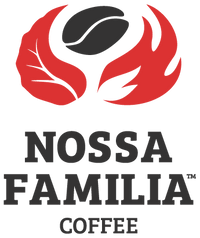
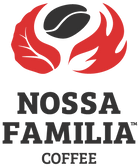

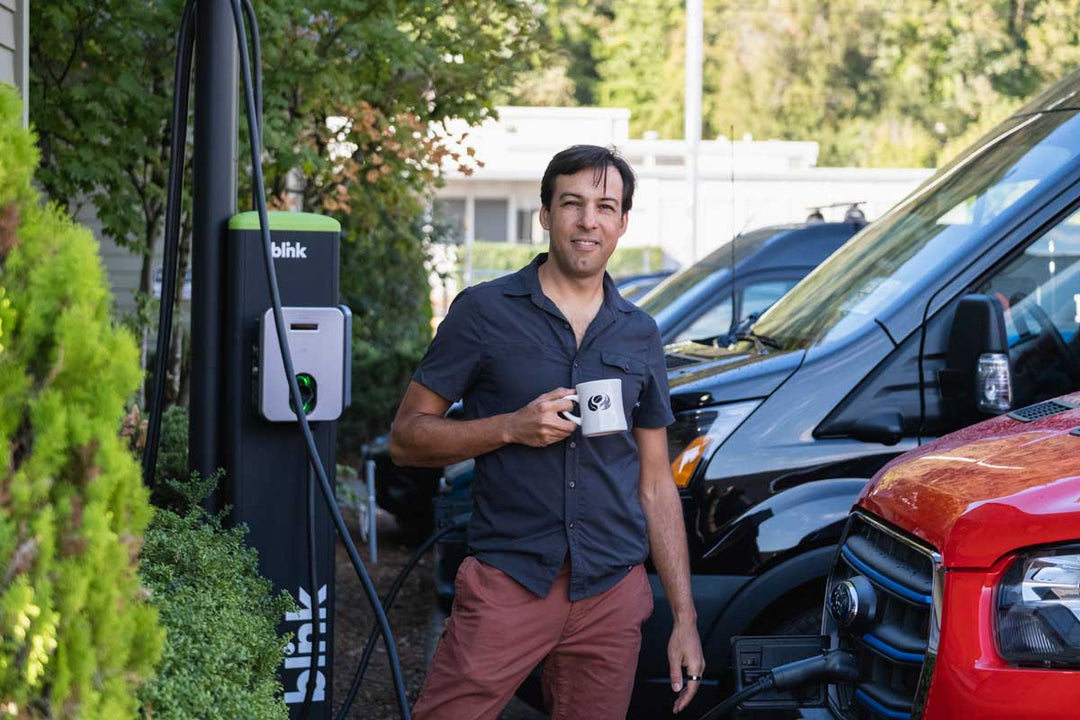
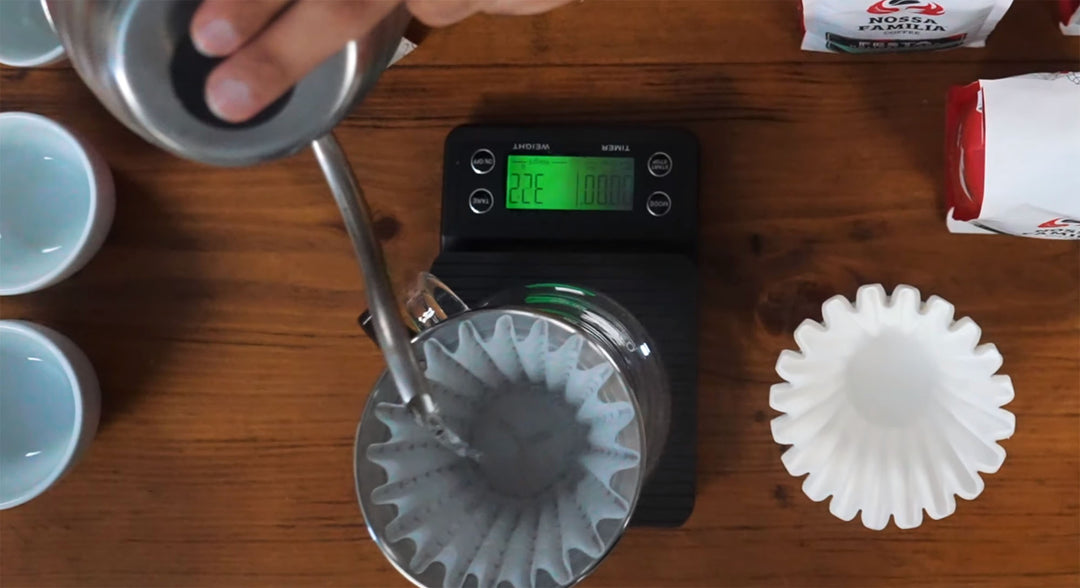
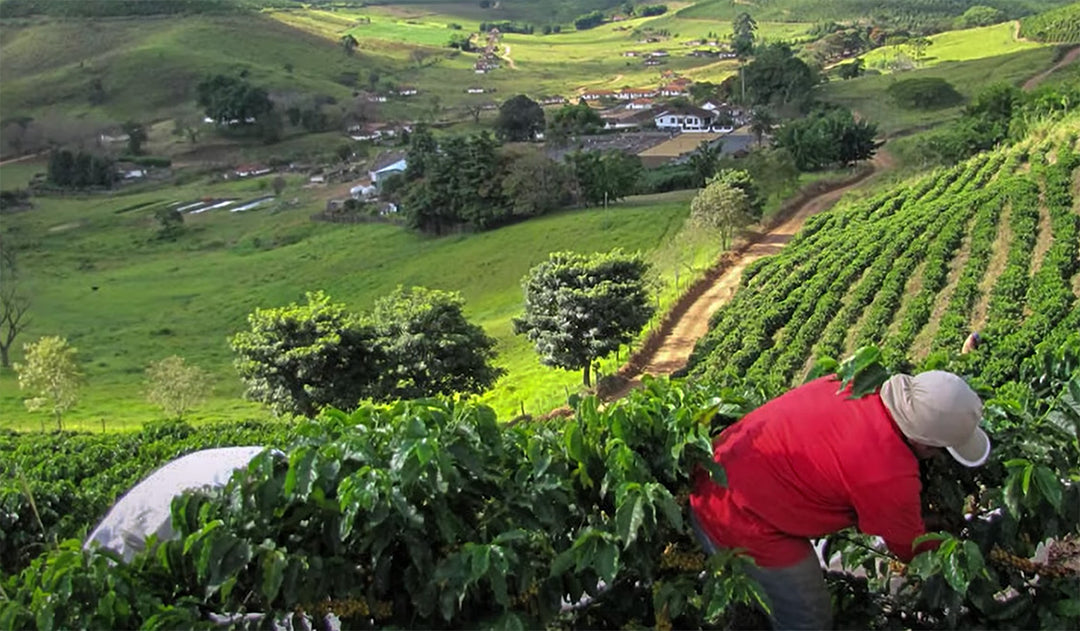
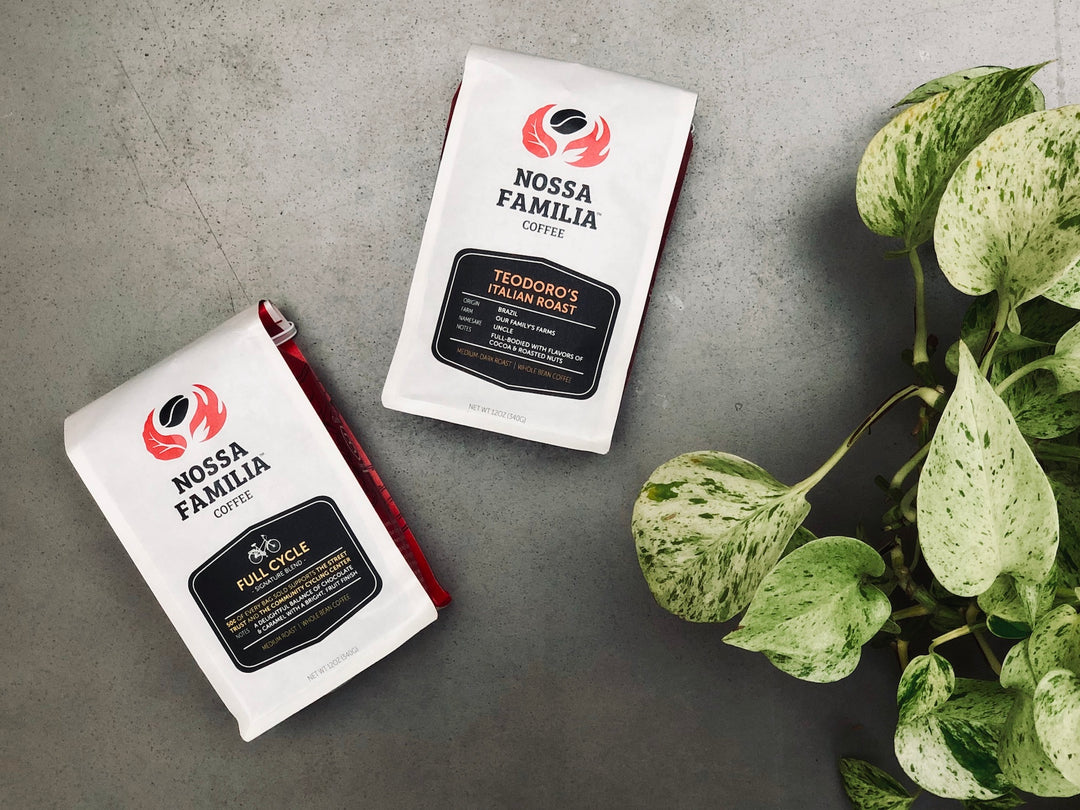
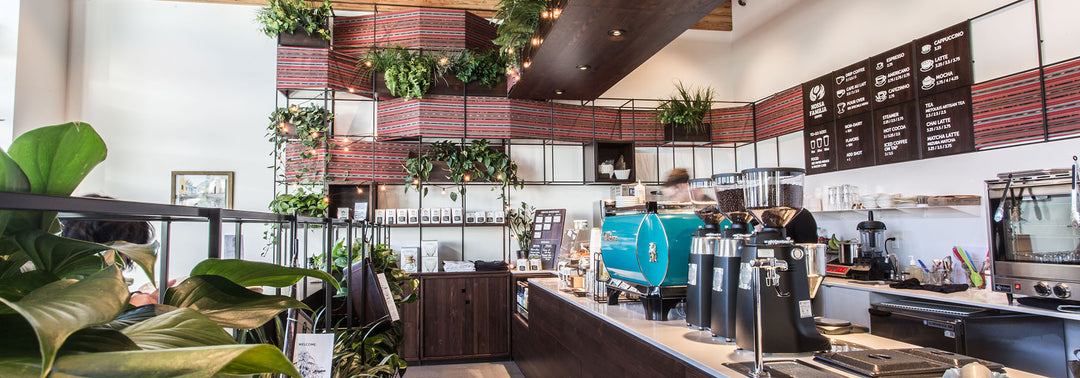
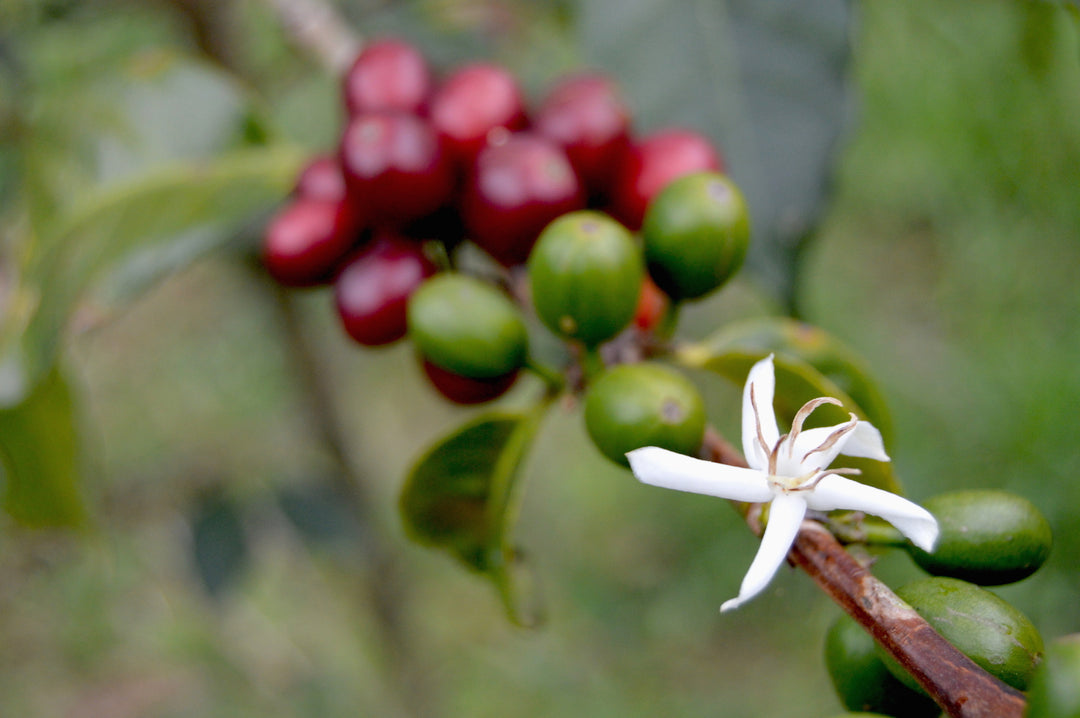
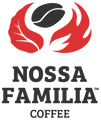
Leave a comment